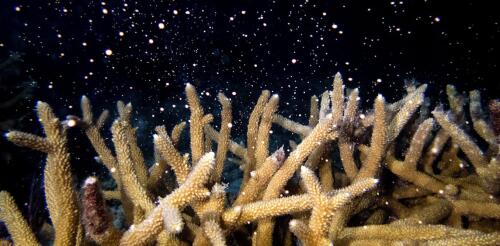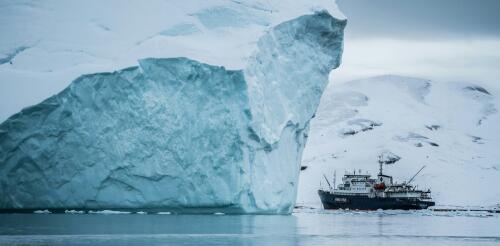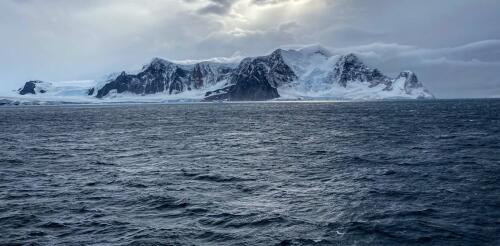Ocean currents
The world’s coral reefs are like underwater cities, bustling with all kinds of fish and sea animals. Coral reefs cover less than 1% of the ocean, but they support an estimated 25% of all marine species, including many important fish species. The economic value of the services that these complex ecosystems provide is estimated at over US$3.4 billion yearly just in the U.S. Today, rising ocean temperatures threaten many reefs’ survival. When ocean waters become too warm for too long, corals expel the colorful symbiotic algae, called zooxanthellae, that live in their tissues – a process called coral bleaching. These algae provide the corals with food, so bleached corals are vulnerable to starvation and disease and may die if the water does not cool quickly enough. With global ocean heat at record levels, scientists have confirmed that a global coral bleaching event is underway. Since the beginning of 2023, corals have been dying in the Indian, Pacific and Atlantic...
When people think about the risks of climate change, the idea of abrupt changes is pretty scary. Movies like “The Day After Tomorrow” feed that fear, with visions of unimaginable storms and populations fleeing to escape rapidly changing temperatures. While Hollywood clearly takes liberties with the speed and magnitude of disasters, several recent studies have raised real-world alarms that a crucial ocean current that circulates heat to northern countries might shut down this century, with potentially disastrous consequences. That scenario has happened in the past, most recently more than 16,000 years ago. However, it relies on Greenland shedding a lot of ice into the ocean. Our new research, published in the journal Science, suggests that while Greenland is indeed losing huge and worrisome volumes of ice right now, that might not continue for long enough to shut down the current on its own. A closer look at evidence from the past shows why. Blood and water The Atl...
If you’ve ever waded into the ocean for a swim and suddenly realized that the shore is getting farther away, not closer, you may have encountered a rip current. Common at beaches worldwide, these powerful currents flow from the shore toward the sea at speeds up to several feet per second. It’s important to know what rip currents are and how to look for them, because they are a leading cause of drownings in the surf zone near shore. According to one recent estimate, rip currents have accounted for 435 drownings in the U.S. since 2017. National Weather Service offices that serve coastal communities issue forecasts that predict where and when rip currents are likely to occur. Those forecasts draw on decades of research into the physics of rip currents. Many scholars, including our research group, are finding innovative ways to discover more about rip currents – including their important roles in coastal marine ecosystems. Rip currents a...
Looking out across the Southern Ocean near Antarctica, I can see whales and seabirds diving in and out of the water as they feed on sea life in the lower levels of the food web. At the base of this food web are tiny phytoplankton – algae that grow at the ocean surface, taking up carbon from the atmosphere through photosynthesis, just as plants on land do. Because of their small size, phytoplankton are at the mercy of the ocean’s swirling motions. They are also so abundant that the green swirls are often visible from space. Typically, phytoplankton remain near the surface of the ocean. Some may slowly sink to depth because of gravity. But in the turbulent Drake Passage, a 520-mile-wide (850 km) bottleneck between Antarctica and South America, something unusual is happening, and it has an impact on how the ocean takes carbon dioxide – the main driver of global warming – out of the atmosphere. A satellite image capt...



